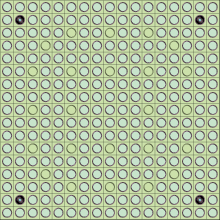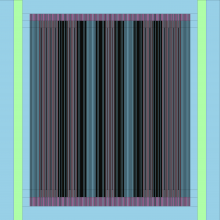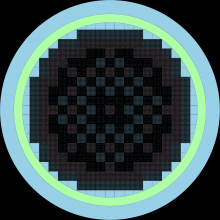SERPENT
Serpent is a three-dimensional continuous-energy Monte Carlo reactor physics burnup calculation code, developed at VTT Technical Research Centre of Finland since 2004. The publicly available Serpent 1 has been distributed by the OECD/NEA Data Bank and RSICC since 2009, and next version of the code, Serpent 2, is currently in a beta-testing phase and available to registered users by request. The suggested applications of Serpent include:
- Spatial homogenization and group constant generation for deterministic reactor simulator calculations.
- Fuel cycle studies involving detailed assembly-level burnup calculations.
- Validation of deterministic lattice transport codes.
- Full-core modeling of research reactors, SMR's, and other closely coupled systems.
- Coupled multi-physics applications (Serpent 2).
- Educational purposes and demonstration of reactor physics phenomena.
Similar to other Monte Carlo codes, such as MCNP and Keno-VI, Serpent uses a universe-based combinatorial solid geometry (CSG) model, which allows the description of practically any two- or three-dimensional fuel or reactor configuration. The geometry consists of material cells, defined by elementary quadratic and derived macrobody surface types.
The code also provides some additional geometry features specifically for fuel design. These features include simplified definition of cylindrical fuel pins and spherical fuel particles, square and hexagonal lattices for LWR and fast reactor geometries, and circular cluster arrays for CANDU fuels. The random dispersion of microscopic fuel particles in high-temperature gas-cooled reactor fuels and pebble distributions in pebble-bed type HTGR cores can be modeled using geometry types specifically designed for the task.





